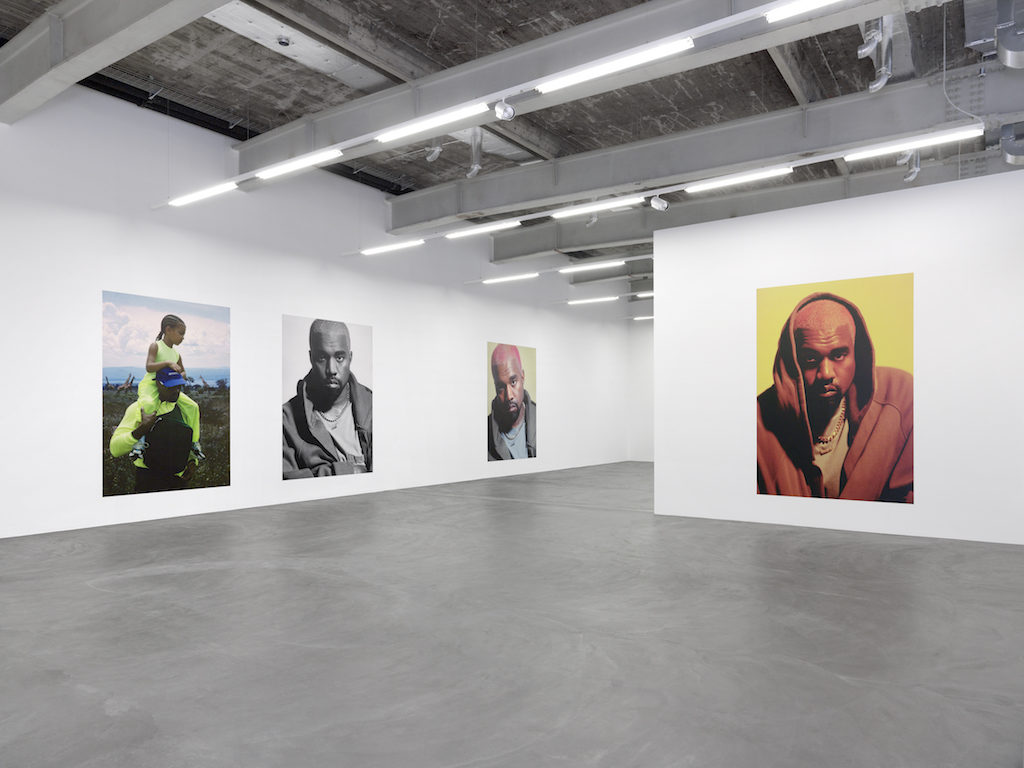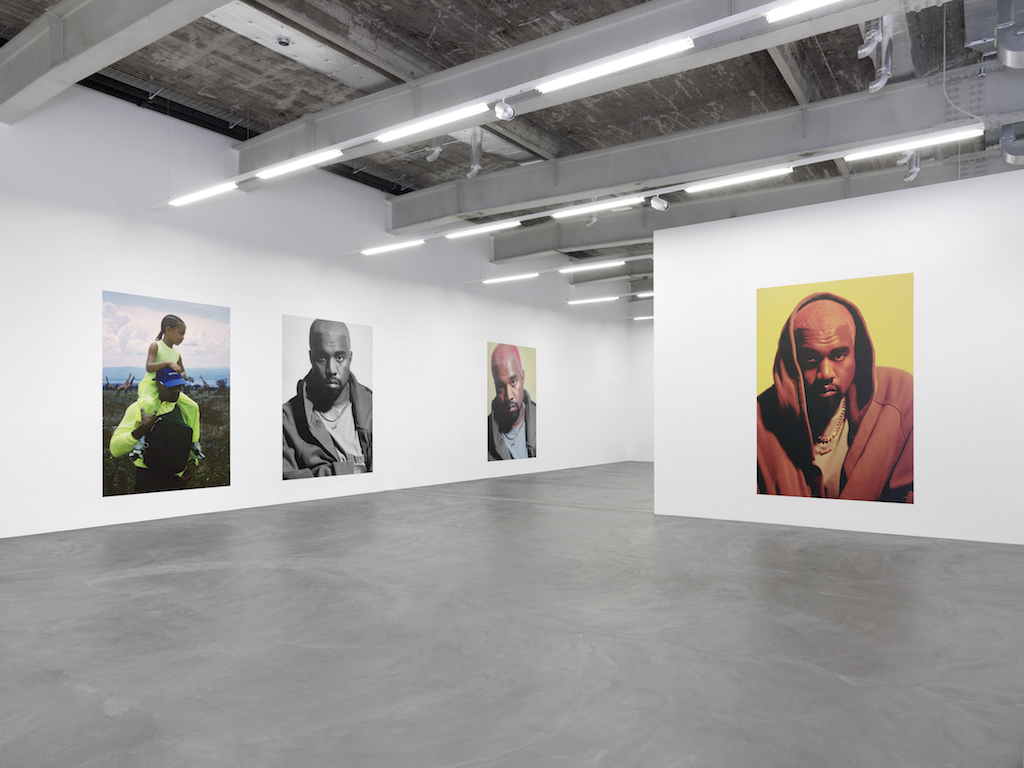[ad_1]

Installation view of “Heij Shin,” 2018–19, at Kunsthalle Zurich, Switzerland.
ANNIK WETTER
Among last year’s most memorable shows in New York was Heji Shin’s exhibition of new photographs at Reena Spaulings Fine Art, which stuck with me in a way few others have. One reason was the work’s subject matter: muscular men, some dressed as cops, posing nude and dispassionately copulating, often in close-up shots where Shin essentially begs viewers to pore over their perfectly sculpted bodies. (In some images, the policemen hold flashlights up to one another, suggesting a fetish for surveillance technology.) Another reason was the style of the works: a certain steeliness that recalls bad porn or so-so fashion advertising that is not often seen in galleries.
On a recent overcast Friday afternoon at a coffee shop in New York, where she is based, Shin said that the photos had not gone over well with some in the fashion industry, where she sometimes works. “It was too provocative, first of all, and second of all, it didn’t look that great,” she said. “It wasn’t that sophisticated.” Shock, though, has never been a problem for Shin, whose photographic subjects have included close-ups of childbirth, monkeys licking dildos, and pixelated images of millennials having sex (an advertising campaign for the fashion line Eckhaus Latta). “I don’t admire good manners or the ‘right’ political views in art,” she said. “I admire courage.”

Heji Shin, Kanye I, 2018.
COURTESY THE ARTIST
Shin’s willingness to provoke has reached a new height with her exhibition at the Kunsthalle Zurich. Many of the works in that show are large-scale portraits of the rapper Kanye West, whose incendiary statements—that slavery was a choice for African-Americans, for one—have earned widespread condemnation. Shin said that she knew taking West’s picture was a risk. “I don’t feel threatened,” Shin said. “Someone can criticize me for anything. I’m totally good.”
And Shin did, indeed, seem relaxed the day we met. She arrived punctually by bike, wearing a knitted beige sweater and fashionable jeans, and smiling and sipping tea while offering a variety of thorny opinions. She doesn’t care for artists who are too one-sided in their ideologies, like Adrian Piper, she said. She doesn’t like Hollywood films that commodify politics and package it in neat ways. She thinks N.W.A. deserves more critical attention for its songs about police violence. She is sure that all art is fundamentally about power and is therefore, by its very nature, “problematic” (a word she does not like).
The West photographs, Shin said, are an attempt to peel back the musician’s celebrity and reveal him as a person, but the circumstances of the works presented a challenge. On a lark, she had emailed West, asking to photograph him, and much to her surprise, he agreed. She met up with him in Chicago and photographed him. Feeling not entirely satisfied with the pictures she’d taken, Shin traveled to Uganda to photograph him again. At the time, West and his wife, Kim Kardashian West, were touring the country, and he continued blowing off Shin, who repeatedly arranged shoots. (One image by Shin from that trip shows West’s daughter, North, perched atop his shoulders made it into the Kunsthalle Zurich show.) After hounding him by text and email for a month and a half, she finally got him into a Los Angeles photo studio—which wasn’t entirely a successful venture. “I tried to direct him, and he doesn’t like to be directed, especially not by me,” she said. “It was over pretty fast.”

Heji Shin, XRays, 2018.
COURTESY THE ARTIST
The shoot lasted a mere 10 minutes, and all the jetting between cities to arrange the various shoots cost West a fortune. “I was like, What the fuck? Why?” Shin said. “I told him, too, that that is actually not OK. He wasted so much money in this time. We set up so many shoots with him, and he always canceled. He spent $30,000 for nothing.”
The resulting works are huge, imposing portraits in which West looms over viewers. The backgrounds are garish shades of pink, mustard yellow, and Chroma Key Blue—colors that Shin said allude loosely to Andy Warhol’s paintings. “I even showed Kanye the silkscreens,” Shin said. “I wanted to do the same photo over and over again, with the same lighting—actually, to take the idea of Warhol’s silkscreens and reverse them into photography, because he had done it the other way around.”
In distinct contrast to imposing size and provocativeness of the West photos, the Kunsthalle Zurich show also includes small X-ray images that feature Shin holding expensive lap dogs, with all of their bones visible. For Shin, these X-ray photographs were meant to suggest to the viewer that “maybe what you see is not what you get.”
“Even if you see or penetrate something, it doesn’t mean that you get it,” Shin went on. “Even if you can see through me, you can understand even less of what’s going on.”
[ad_2]
Source link

